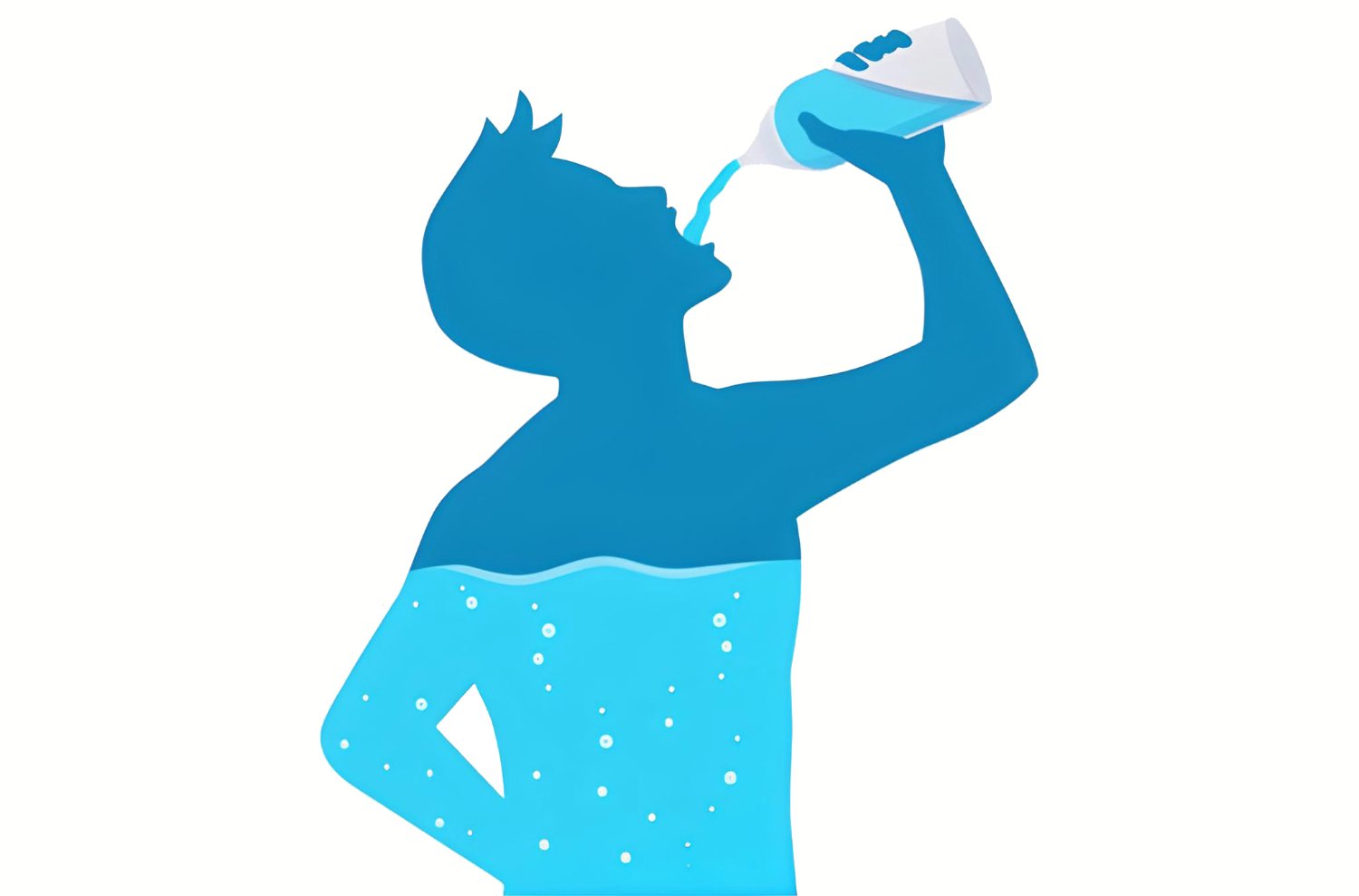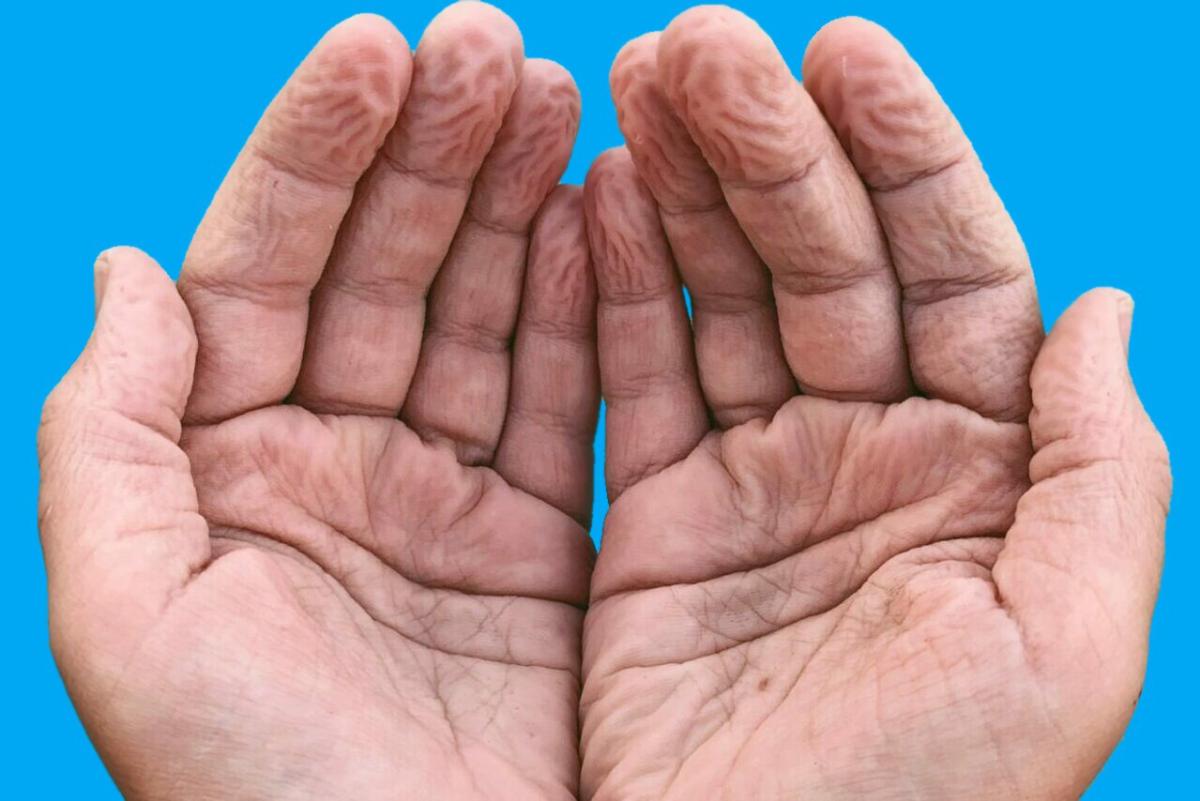Do we really require so much water to function? For the first time, an equation quantifies how much water an average person needs every day, along with the elements that have the greatest impact on this number. When comparing men and women of the same age and body mass index (BMI), males need around 0.5 liters more water. Weight, temperature, and exercise all contribute to a rise in hydration needs. On the other hand, as you get older and your body fat percentage goes up, your water needs go down. Researchers reveal in “Science” that socioeconomic status and geographical location are also important.
It has been unclear which factors determine an individual’s unique water needs.
Without this valuable liquid, our bodies’ metabolic functions and cells would not work correctly. Certain sensors alert us when our fluid levels get dangerously low. Once this happens, our brain gives us a clear message: we’re thirsty. We need to continually replace the water in our bodies by eating and drinking since it is lost through urine, perspiration, and other bodily functions.
However, how much water does the human body really need daily? The average daily water consumption guideline is between 1.5 and 3 liters; however, these numbers are mainly derived from estimations and broad generalizations. For the first time, a multinational team headed by Yosuke Yamada of Japan’s National Research Institute for Health and Nutrition examined in detail the quantity of water the human body really processes, wastes, and absorbs on a daily basis.
Deuterium isotopes to detect water circulation
To accomplish this, almost 5,600 participants from 26 different nations took part in the study. Each participant consumed 100 mL of water with the heavy hydrogen isotope deuterium instead of the lighter hydrogen atoms typically found in water. Water can be isotopically tagged so that its distribution and dilution throughout the body can be tracked. The human body’s water content can then be calculated.
However, the fluctuating isotope levels are what ultimately determine the water requirements of each individual. The amount of water a person’s body is replenishing may be calculated by monitoring the rate at which these stable isotopes are excreted in their urine over the course of a week. The researchers calculated this water output by factoring in each participant’s age, gender, height, weight, and level of physical activity, in addition to the weather.
Age, gender, body weight, and fat percentage
The results showed that people had substantially varying water needs. Adults require between one and six liters each day, according to the research. There are even outliers with up to 10 liters a day. Age, gender, body weight, and fat percentage are the most important characteristics. The researchers also discovered that factors such as climate, geographic location, and affluence had an effect, in addition to physical activity and fitness.
Researchers were able to quantify and integrate all of these interrelationships into a single equation based on their findings. The model estimates human water consumption in response to anthropometric, economic, and environmental parameters. For the first time, thanks to this equation, it is feasible to estimate how much water each person needs, accounting for at least some of the wide range of individual variances.
The water requirements of women are lower than those of men
When comparing men and women of similar ages and environments, the results show that males need around 0.5 liters more water each day. A male of moderate activity who weighs 70 kilograms (20 years old) needs around 3.2 liters of water per day. In these settings, a woman’s body of average size and age will turn over around 2.7 liters of water every day.
Because fatty tissue retains less water than muscles and other organs, the disparities between the sexes and age groups are mostly a reflection of variances in body fat percentage. Among other things, this is why the water needs of adult males peak between the ages of 20 and 30, and then gradually decline afterwards. On the other hand, in females, it does not change much until beyond the age of 50. Their normal daily water needs only rise by around 0.7 liters during pregnancy.
Physical activity, muscles, and size
A trained athlete requires around a liter more water per day than a non-athlete, even if both are equally sedentary that day; therefore, there are other physical elements that may be assessed. However, physical activity also sharply increases water needs: for a 50% increase in our energy metabolism, we need to consume around one liter more water. Both height and weight matter; every extra 50 kg requires an additional 0.7 liters of water because the body must nourish a greater number of water-hungry tissues.
Men need almost half a liter more water per day than women, even when both genders are in identical conditions.
As we age, the rate at which our bodies replenish their water stores also changes. Newborns have the greatest water needs since their rapid metabolism necessitates that they replenish around 28% of their body fluids by drinking every day. The typical hydration needs of a young adult, beyond the first few months of life, are just nine percent of the total body water. And as we age, this decreases more; at 80, we need around 0.7 liters less water than we did at 30.
A low development index uses 200 ml more water
The amount of water we need is also affected by the surrounding conditions. Heat, humidity, sea level, and latitude all have a demonstrable impact on daily water needs, as the team reveals, highlighting the clear relationship between climate and geography. It reaches its maximum near the equator and its minimum at around the 50th degree of latitude.
However, the economic and developmental status of a nation may have a significant effect. It has been calculated that, given identical environmental and climatic circumstances, persons in nations with a low development index uses 200 ml more water per day than those in highly developed countries. The researchers think that this is because individuals in wealthier nations are more likely to spend time in air-conditioned environments, even in hot weather.
These results together show that physical and environmental variables have a role in determining the water requirements of humans. According to Yosuke Yamada’s research, “there is no one-size-fits-all approach” to the quantity of water required on a daily basis. The widely accepted wisdom that one should consume two liters of water daily lacks empirical backing.






